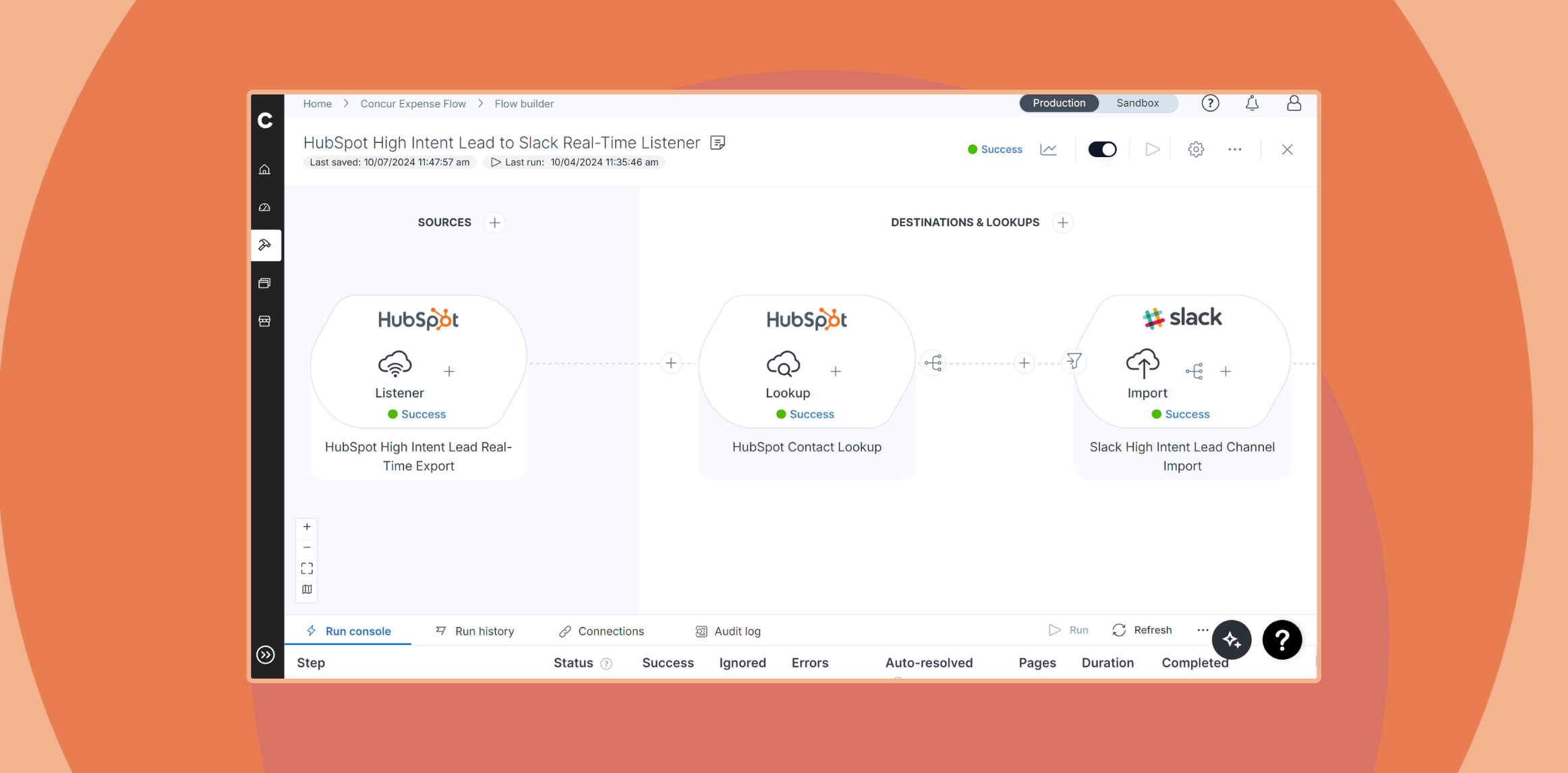Published Oct 20, 2020
SaaS Sprawl: Turning a Challenge Into Opportunity for Growth

Today’s SaaS landscape includes a SaaS app for almost every business function imaginable, with over 10,000 apps and growing. This has led to a challenge called “SaaS sprawl”: How do you manage the proliferation of applications across the enterprise to drive growth, rather than stall it?
One market driving the consumption of best-of-breed SaaS apps is other high-growth SaaS and tech companies. These types of businesses tend to be all-digital and adopt new technologies to accelerate growth and solve business challenges quickly.
The remarkable success of companies like Salesforce and Concur removed the barriers to entry for smaller businesses with their respective technologies. On average, a high-growth SaaS company in the mid-market spends approximately $2.47 million a year on SaaS apps, representing 185 different applications. Smaller companies on average make use of 100 SaaS applications.
When the barriers to entry are removed, smaller companies can compete successfully in cutthroat markets and become giants.
Foundational Apps
While there is an application for almost everything, not all apps are born equal — there is a natural hierarchy. As organizations scale, they continually adopt new apps to manage different functions of the business.
Based on what we’ve seen from our customers and real-world observations of scaling businesses, it starts with foundational apps. These apps leave a broad footprint across the enterprise by serving as the systems of record for key business objects like leads, accounts, employees, vendors, purchase orders, etc.
Foundational apps fall into the three categories:
- Customer Relationship Management (CRM)
- Enterprise Resource Planning (ERP)
- Human Capital Management (HCM)
These types of applications manage key business processes of an enterprise and the applications other apps need access to.
As a business grows and scales, their needs become more sophisticated. As they attempt to solve business challenges specific to departments, they must take care not to let SaaS sprawl hinder the efficiency of the organization. Without a strategy and solution for integrating applications, organizations are vulnerable to fragmentation.
Fragmentation
Fragmentation is when the business process becomes broken or fragmented across applications. Business processes live on top of applications, essentially forming the Operating System (OS) for the enterprise, or the central nervous system. As apps are added, the process can become more fragmented with increasing data silos.
Fragmentation can become a roadblock to organizations as they scale.
To solve or avoid fragmentation, you need to automate business processes to create a common experience. In a typical scenario, an organization might start with a CRM and ERP.
Using the example of a quote-to-cash process for a SaaS company:
- A salesperson creates an opportunity.
- That opportunity at some point becomes a quote that needs to be sent to the customer as a proposal. The deal desk might get involved at this stage.
- The sales order needs to be booked (oftentimes happening with sales ops).
- The order needs to be approved.
- Once it’s approved, the license for the software subscription needs to be provisioned.
- The customer then needs to be invoiced, and the SaaS company ultimately collects payments.
This whole process involves many different people from multiple departments. When the process isn’t automated, the resulting fragmentation decreases agility, which makes it challenging to scale.
Read: How Can an iPaaS Solve Fragmentation?
The SaaS Sprawl Solution
To solve this issue, the solution is connecting enterprise applications through integration to automate business processes. This creates a common, seamless experience — or a “connected enterprise.” There are numerous options for integrating applications, but for the purposes of this blog, let’s skip to the one that provides the best short- and long-term value for fast-growing companies that need to remain agile.
An Integration Platform as a Service (iPaaS) enables your organization to quickly integrate your applications with pre-built integrations and flows, with the ability to customize integrations to your organization’s unique business challenges. An iPaaS like the Celigo Integration Platform is a centralized way to manage and monitor your integrations, handle errors, recover, and resolve them.
SaaS sprawl is an inevitable result of our growing reliance on business applications. Fragmentation, though, can be avoided. Integration software adds one more tool to your tech stack, but it’s one of the most important tools in your enterprise, automating your workflows and helping your business grow.
To learn more about utilizing an iPaaS to address SaaS sprawl, watch the webinar, Automation for Growth: Using Integration as a Competitive Advantage.





